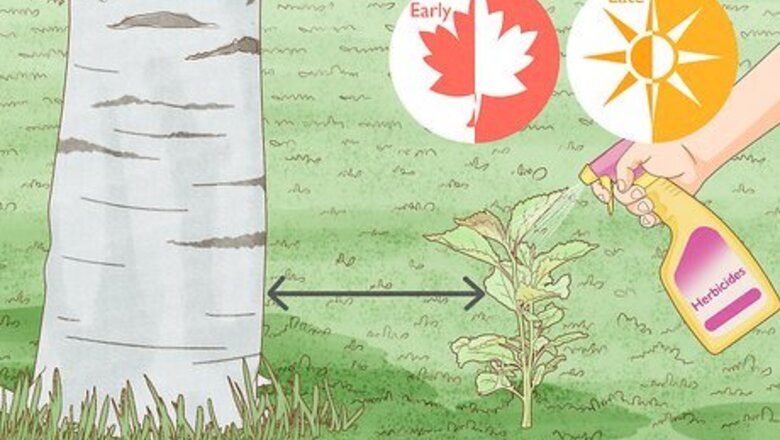
views
X
Research source
To kill aspen shoots, you'll need to treat the entire tree with an herbicide. Alternatively, you could cut them back and continuously manage their growth.
Treating with Herbicides
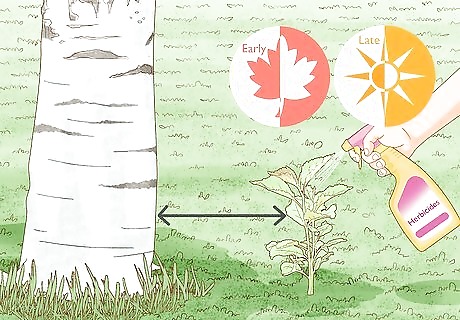
Treat the shoots in late summer or early fall, if you can. Do this before the leaves change color. Herbicides are the best way to eliminate the shoots, though they will also kill the original tree. It takes several months for the herbicide to work. The best time to use it is right before the weather starts to cool down, since the tree will be in a dormant period anyway. After the herbicide works, you'll need to chop down your tree. Treating it in the late summer or fall will allow you to chop down the dead tree in the spring.
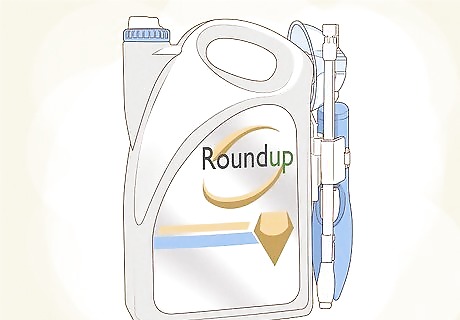
Purchase a broadleaf herbicide. The only way to kill an aspen clone is to inject an herbicide directly into the trunk and roots that sustain it. Herbicides like Roundup or Brush Killer can spread through the root system, killing the tree. Choose a concentrated mix rather than a granular herbicide. You can purchase an herbicide at a gardening store or online. Follow the instructions on the label while handling herbicide, as it can be hazardous. When using herbicide, always wear the proper protective gear, such as gloves, safety goggles, long sleeves, and pants. Check the label on the product to ensure that you wear all that is recommended.

Drill 45 degree angle holes along the lower truck and into the roots. Use a power drill to create the holes. Concentrate most of the holes near the base of the tree and along the roots, as the roots must be treated in order to for the herbicide to work. Alternatively, you can chop into the wood with a hatchet. Twist your hatchet before removing it so that the bark comes away from the truck. Then pour your herbicide into the bark wounds. This will kill the entire tree system, not just the most recent shoots.
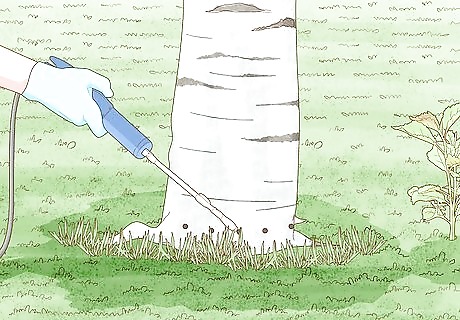
Pour the herbicide into the holes. From there, it should spread out into the tree's root system. This will kill the tree, along with the shoots. You should treat each of the shoots for best results.
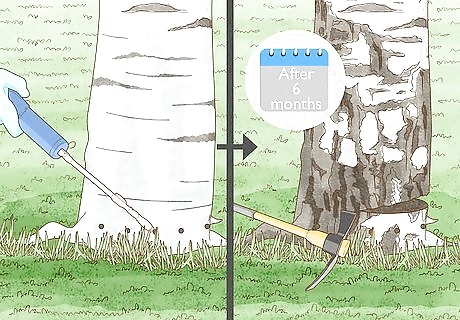
Allow about 6 months for your herbicide to work. The herbicide must soak into the root system and then slowly kill it, which takes time. For example, you could treat your tree in September and then cut it down in March.
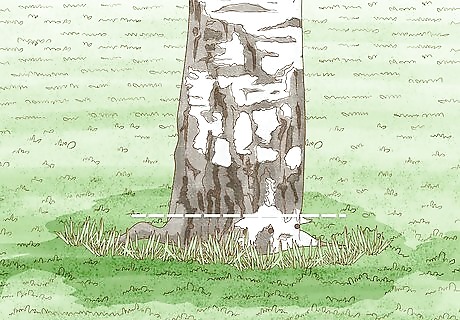
Cut down your tree. Once it's dead, you can remove it from your yard. Since the tree is dead, it will likely come down easier. It's best to chop it down in sections rather than all at one time, since you don't want it to fall on something. As an alternative, you could pay someone to chop down the tree. You may also desire to dig out the trunk and root system, especially if you want to replant something in the area.
Managing Aspen Spread
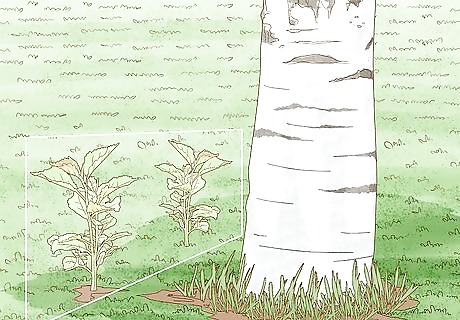
Recognize that the tree will continue to sprout new shoots. Aspen trees continuously reproduce by sprouting new shoots, and cutting down a shoot will trigger the tree to shoot out more. If you want to keep your aspen tree but prevent new shoots from growing, you'll need to constantly cut down the new growth. Over time, your aspen tree will grow more and more shoots, making it very difficult to manage it. The new shoots also weaken the tree overall, which makes your tree vulnerable to disease and cuts its lifespan.
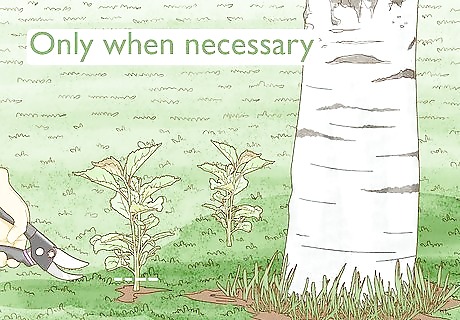
Cut aspen shoots only when necessary. Cutting them more often will cause the tree to sprout more shoots. Soon, the aspen could become unmanageable. It's best to only start cutting down shoots when the tree has begun to overgrow other flora and fauna. Even damaged roots can grow new aspen shoots. Chopping up the roots is often unsuccessful.
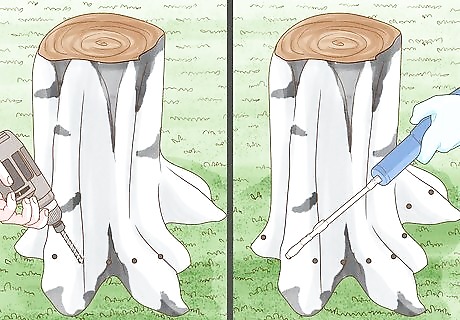
Kill the stump and roots of a cut aspen tree. If you’ve cut down a healthy aspen tree recently, the root system will grow suckers to form a new tree. To completely prevent future shoots, first apply a broadleaf herbicide to the cut stump, being careful to follow the directions on the product. The herbicide will travel to the existing roots and prevent growth. Drill holes into the stump and pour concentrated herbicide into them for extra strength. Hire a professional to grind and remove your stump completely. They will be trained to fully remove the stump and roots so you don’t have to worry about it.










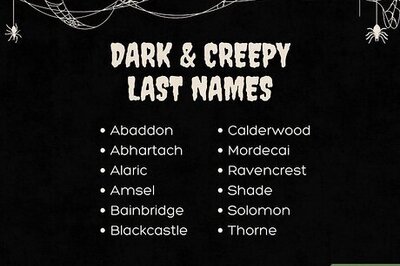
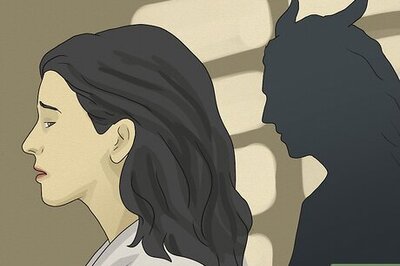


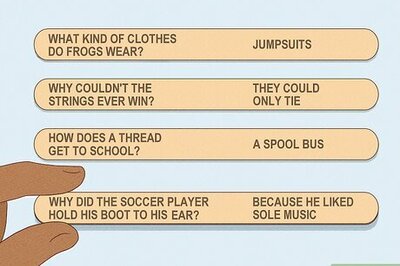

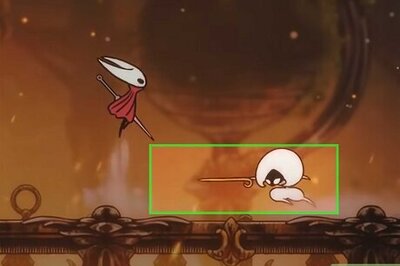


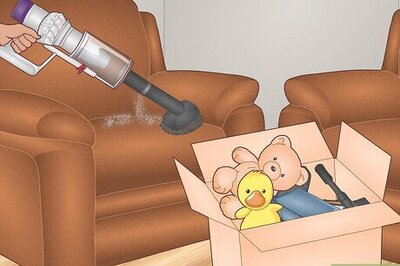
Comments
0 comment